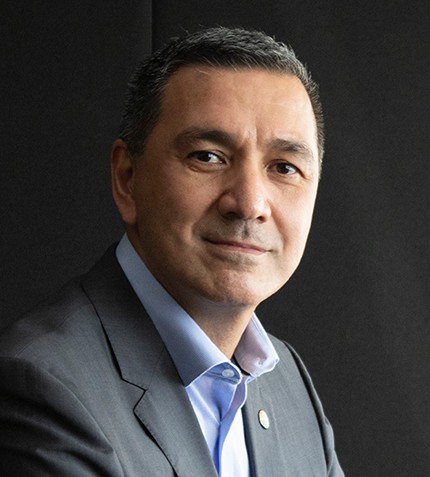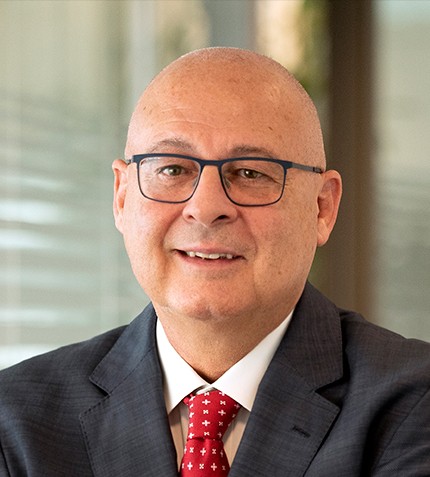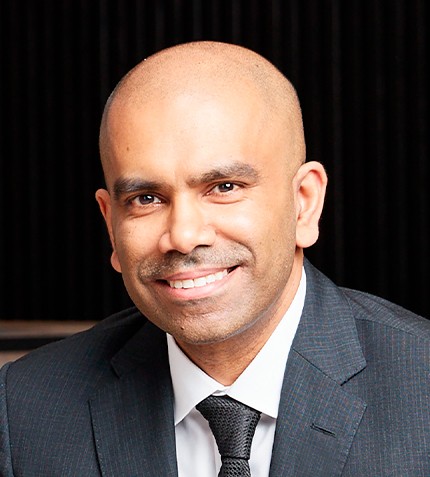
"We do not see biomass, CO₂, and recycled used materials as waste, but rather the raw materials of the future."
Arturo Molina
MANAGING DIRECTOR – MEXICO, COVESTRO
Can you provide an overview of Covestro’s production capabilities and main activities in Mexico?
Covestro is a global company based in Germany, which produces a variety of polyurethane and polycarbonate based raw materials. Initially the company formed part of the Bayer Group, but in 2015 it was spun off as an independent public company. In Mexico, we have a production site in Santa Clara, Ecatepec, and corporate offices in Polanco, in which we employ approximately 300 people. Covestro’s Santa Clara site produces a diverse range of materials for our two main business units – Polyurethanes and Coatings, Adhesives and Specialties. We also distribute other Covestro products throughout Mexico which are imported from the company’s other plants across the globe.
Can you elaborate on Covestro’s focus on alternative raw materials, and how the company plans to use biomass, CO2, and recycled products?
Covestro aims to be a fully circular company and therefore we consider the raw materials and energy we use for processing and producing our products. We do not see biomass, CO₂, and recycled used materials as waste, but rather the raw materials of the future.
For example, aniline is an important basic material for the chemical industry, traditionally derived from benzene, a petroleum-based raw material. Covestro has been able to produce aniline using raw paper and industrial sugar as a biomass. The newly developed process uses a microorganism as a catalyst to first convert the industrial sugar into an aniline precursor from where the aniline is then derived by means of chemical catalysis in a second step. In this process, 100% of the carbon in the aniline comes from renewable raw materials. We are using residuals from other industries to create our own raw materials. Another example is our plant in Germany, which is taking CO2 from the air and utilizing it in polyurethane products. This process conserves fossil fuels, such as crude oil, and reduces the amount of atmospheric carbon dioxide because the carbon from CO₂ is essentially being recycled. Covestro has also created a new technology in Spain where we use a catalytic process that needs 30% less energy to produce chlorine.
What type of new recycling technologies or practices do you think can help increase the rate at which plastics are recycled?
We must start to recognize that products have a second life and after initial use; we must regard them as a valuable resource. Waste should be recycled, not dumped in landfills or otherwise disposed of in nature. In the long term, end-of-life products and unavoidable waste are likely to become the main alternative raw materials for the plastics industry. But in order to make greater use of these sustainable resources, waste management systems must be improved and redesigned. As an industrial plastics manufacturer, Covestro is increasingly researching and promoting innovative recycling methods and approaches, such as chemical recycling.
In China, Covestro already has five products that use up to 70% recycled polycarbonate. We have an innovative recycling process where used plastics made of the high-performance plastic polycarbonate are broken down into their material components for reuse in the production of new plastic granulate for electronic products such as laptops, printers and copiers.
Can you tell us about the Covestro’s innovation process?
Covestro has three main development centers worldwide – Shanghai, Pittsburg and Leverkusen – which employ approximately 1,600 staff. Innovation is embedded in our DNA and we embrace any kind of innovation, as long as it creates value. We aim for efficiency and sustainability. For example, we have developed a new hardener for automotive coatings where the carbon is sourced from bio-based, renewable materials instead of the conventional fossil fuels, reducing the carbon footprint of the coating. Another example is our new polymer materials for 3D Printers. In 3D printing, precision and flexibility are paramount. Covestro is working in close cooperation with other pioneers in various industry sectors to broaden the material basis for 3D printing so that we can bridge the gap that still lies between the innovative printing methods and their application in series production.
Looking ahead, which market segments in Mexico do you see as having high potential for growth?
The automotive industry is already and will continue to be one of the biggest markets in the Latin American region, and brings many opportunities for companies operating in Mexico. The appliances market as well as the architectural market also show high potential for growth moving forward.
Covestro wants to contribute to making the world a brghter place and therefore we have a great focus on sustainability. The chemical industry as a whole should continue to focus on innovation, working together towards a circular economy. We as a company are committed to Mexico and maintaining a license to operate by working with Mexicans and giving back to local communities.










